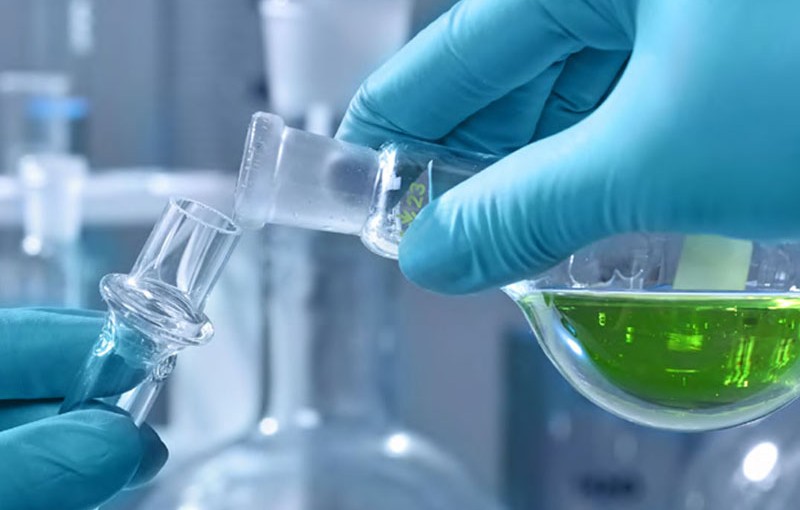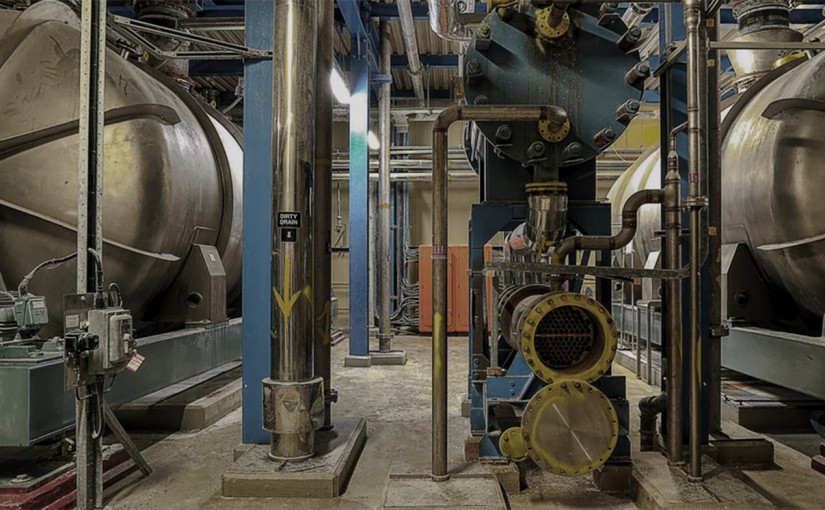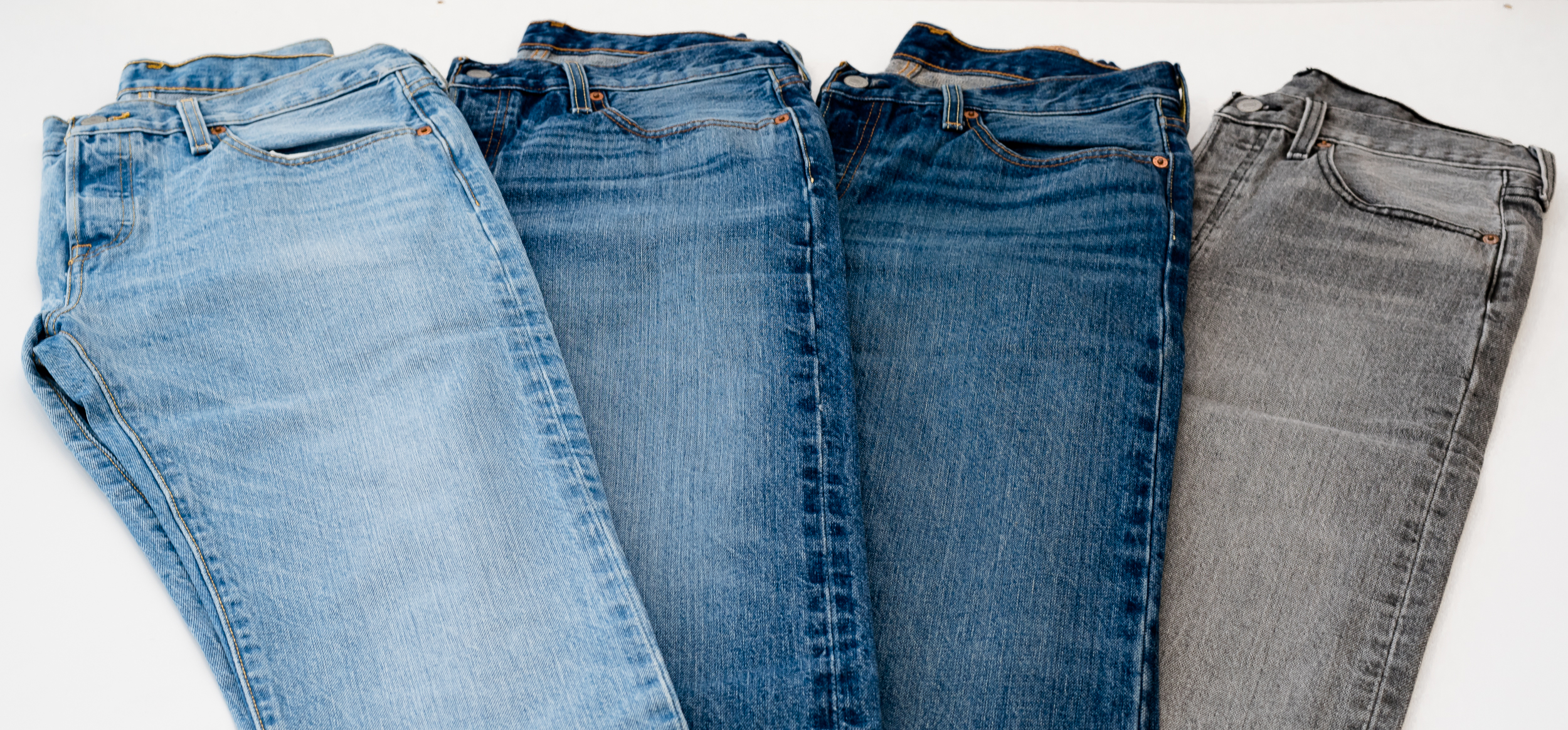
Until recently, sandblasting was the most commonly used technique to achieve the highly popular “worn look” for jeans and other denim products. However, sandblasting has been getting an increasingly bad reputation due to the fact that it may expose workers to significant health risks. Many retailers have banned sandblasted products from their stores.
While the most commonly used substitute for sandblasting, potassium permanganate, meets industrial safety laws, it is still toxic for workers who handle this product and also has severe environmental side-effects (it falls under the highest water hazard class). Environmentally and socially conscious consumers and businesses alike would like to see potassium permanganate disappear as a bleaching agent. To this day, denim manufacturers have been looking for safe and viable alternatives.
We are an interdisciplinary team of young and dedicated researchers, business developers, and textile experts committed to developing and selling environmentally friendly, non-toxic textile chemicals. As a team, we capitalize on our broad expertise and experience to serve the textile industry around the world.
Our environmentally friendly products allow clients to bleach and dye jeans without harming the environment, as corroborated by our certifications, including GOTS. Associated benefits include lower carbon dioxide emissions and less energy and water consumption compared to existing traditional technologies. All our products are gentle on the environment and they considerably improve health and safety conditions for workers who handle them.
Companies that decide to replace existing harmful technologies with our environmentally friendly and non-toxic products and procedures will safeguard workers’ health and safety. We develop new products and optimize existing products on an ongoing basis, which helps us make a positive contribution to a livable planet now and in the future.
ACTICELL develops chemical procedures for the innovative surface treatment of cellulosic material. We think outside the box to create tailor-made solutions for manufacturers of denim fabrics and denim clothes. Our work is guided by the latest findings of cellulose chemistry, which we use to create a large range of products, including products for the universally popular worn look, bleached look or other special dyeing effects. Our products can be used as an enzyme booster to decolorize jeans, as a bleaching agent to replace harmful bleaching technologies and as a dyeing pre-treatment in the textile industry. The product development process revolves around our clients’ needs and we always make sure they receive the solution that is perfectly customized to their needs. What makes our products unique is that they are all 100% safe, non-toxic, and environmentally friendly, which makes them the exception to the rule in today’s industry.

Acticell D (Surface Modification):
This product has been created for the surface modification of textile fabrics. It changes the surface of textile fabrics to allow them to absorb more chemicals, for example dyestuff. This translates into more pronounced effects as well as richer and more intense colors. At the same time, it allows manufacturers to use less dyestuff and auxiliaries.
It was popularised in the 1960s with the release of Letraset sheets containing Lorem Ipsum passages, and more recently with desktop publishing software like Aldus PageMaker including versions of Lorem Ipsum

This treatment has been designed to achieve bleaching effects similar to potassium permanganate bleach. It is also perfect as an alternate product to achieve localized bleaching effects. The desired effect can be reached at any temperature (e.g. RT or 60°C). This product is GOTS approved.

Lorem Ipsum is simply dummy text of the printing and typesetting industry. Lorem Ipsum has been the industry’s standard dummy text ever since the 1500s, when an unknown printer took a galley of type and scrambled it to make a type specimen book. It has survived not only five centuries, .
It was popularised in the 1960s with the release of Letraset sheets containing Lorem Ipsum passages, and more recently with desktop publishing software like Aldus PageMaker including versions of Lorem Ipsum

we care about
the environment

we care about people

we care about
the environment
Welcome to WordPress. This is your first post. Edit or delete it, then start writing!





